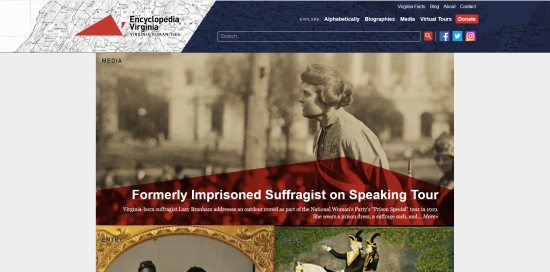
In this Workbench article, I assemble and paint Gaso.line's 1/48 scale Mk.II Flammpanzer. I found portions of the assembly to be challenging and time consuming. I consider this to be more of a display model than a tabletop miniature because of the amount of time and effort involved in the assembly of the model and because of the rather delicate nature of the finished model.
And now to the model...
Supplies: Other than standard model assembly and painting tools and supplies, I used a hair dryer during the attachment of the track.
The basic kit is cast in resin, and consists of the parts depicted in the accompanying picture. It also includes two printed pages of pictures that identify the parts and point out the location of the parts on the finished model. There were no step-by-step instructions or directions.

As I inventoried and cleaned the parts of excess flash and pour spouts, I dropped them into a small container holding a mixture of dish detergent and water.

I also marked components to identify areas that would need to be removed.

Once I finished cleaning and trimming the parts, I developed a plan to assemble the model. I wanted to avoid putting myself in a position where I inadvertently made assembly harder than it needed to be. I decided that I would build the model as three sub-assemblies. The turret was fairly obvious. I could do anything to the turret and it wouldn't affect assembly of the rest of the model. After ensuring the turret would fit and rotate in the superstructure, I assembled it, applied primer, painted it, and set it aside. The lower-hull with the suspension and the upper hull with its details comprised the other two sub-assemblies.









